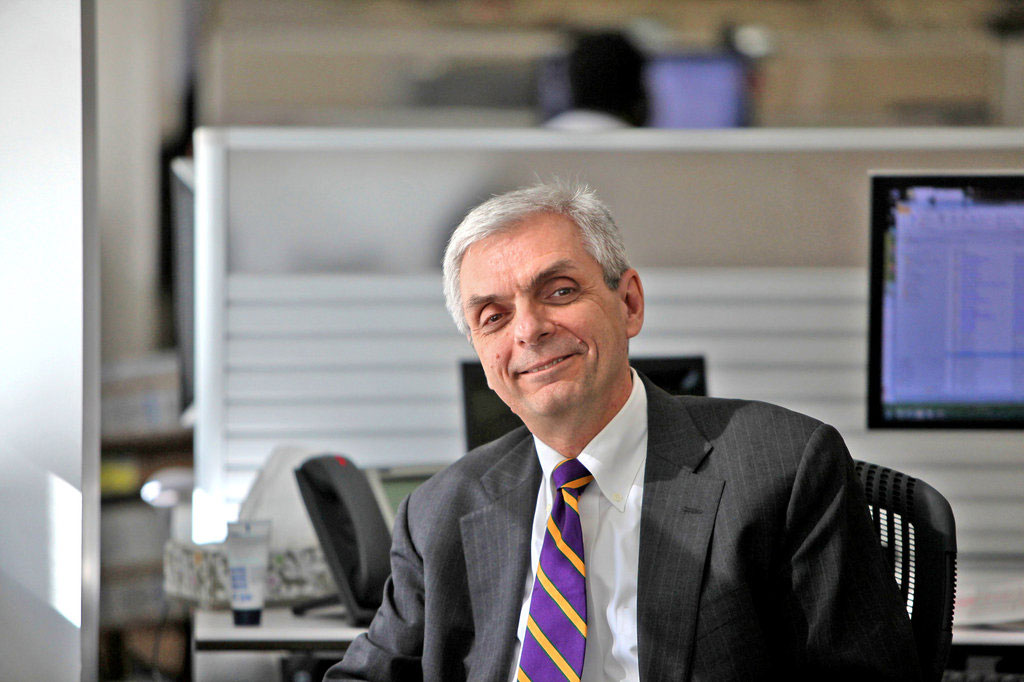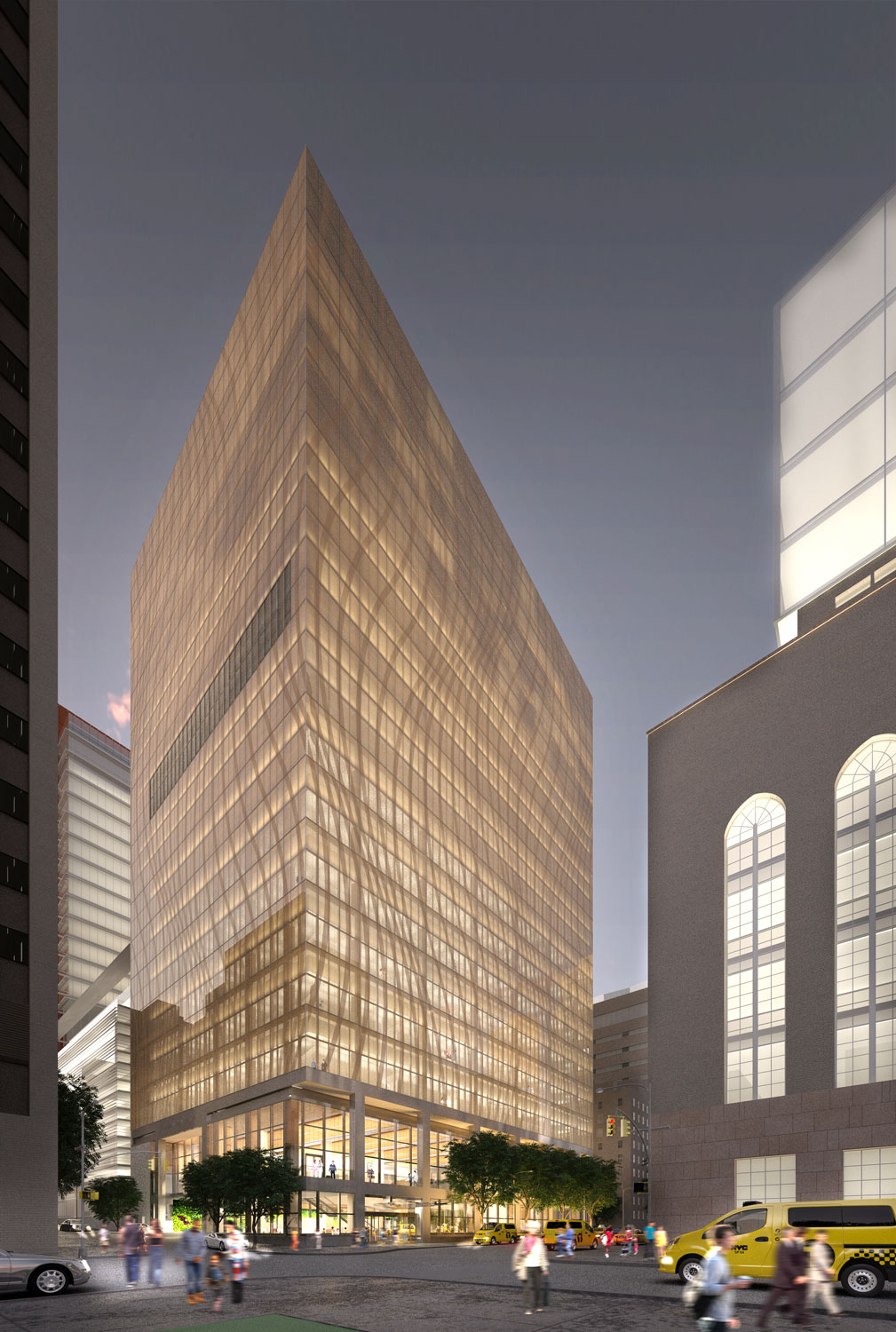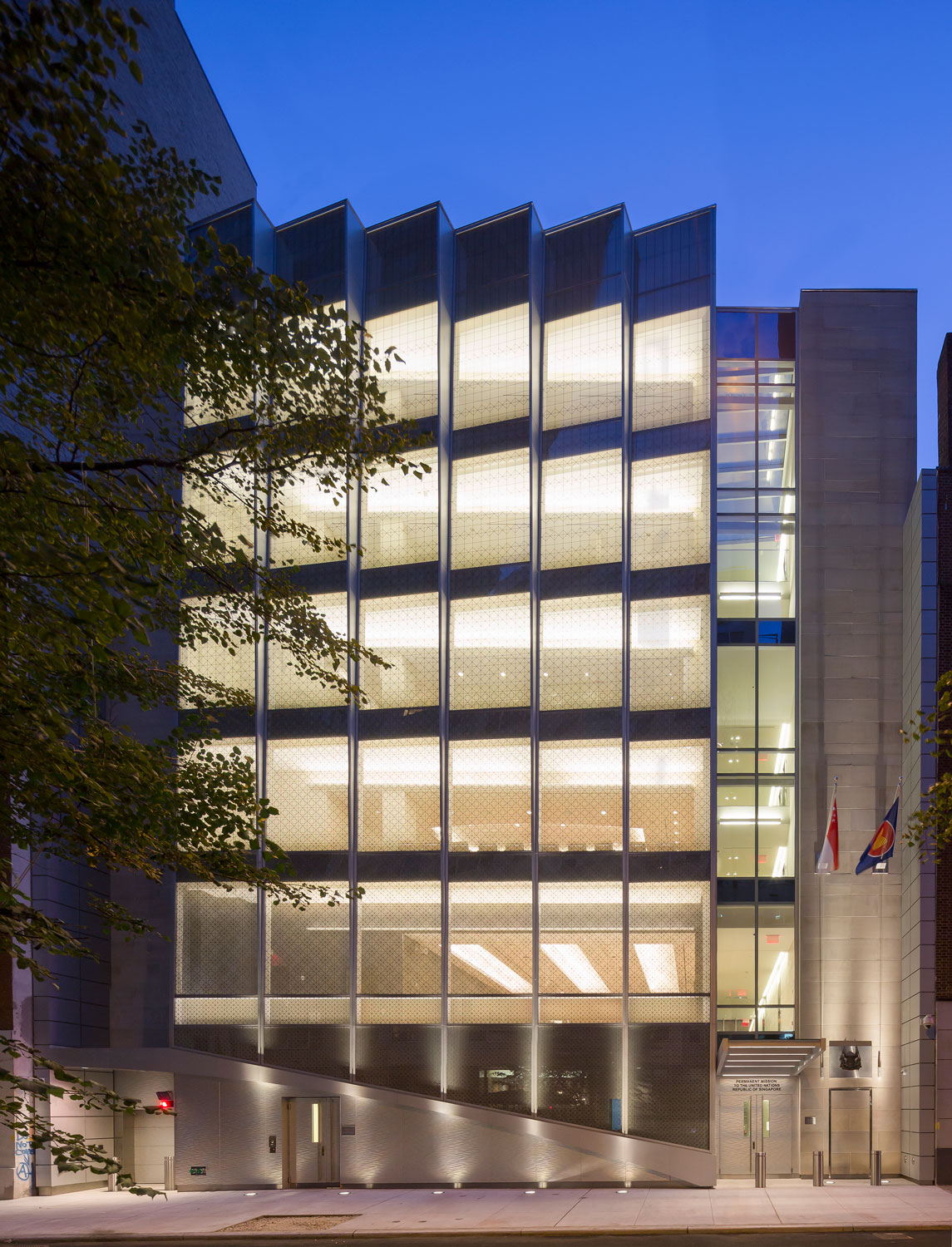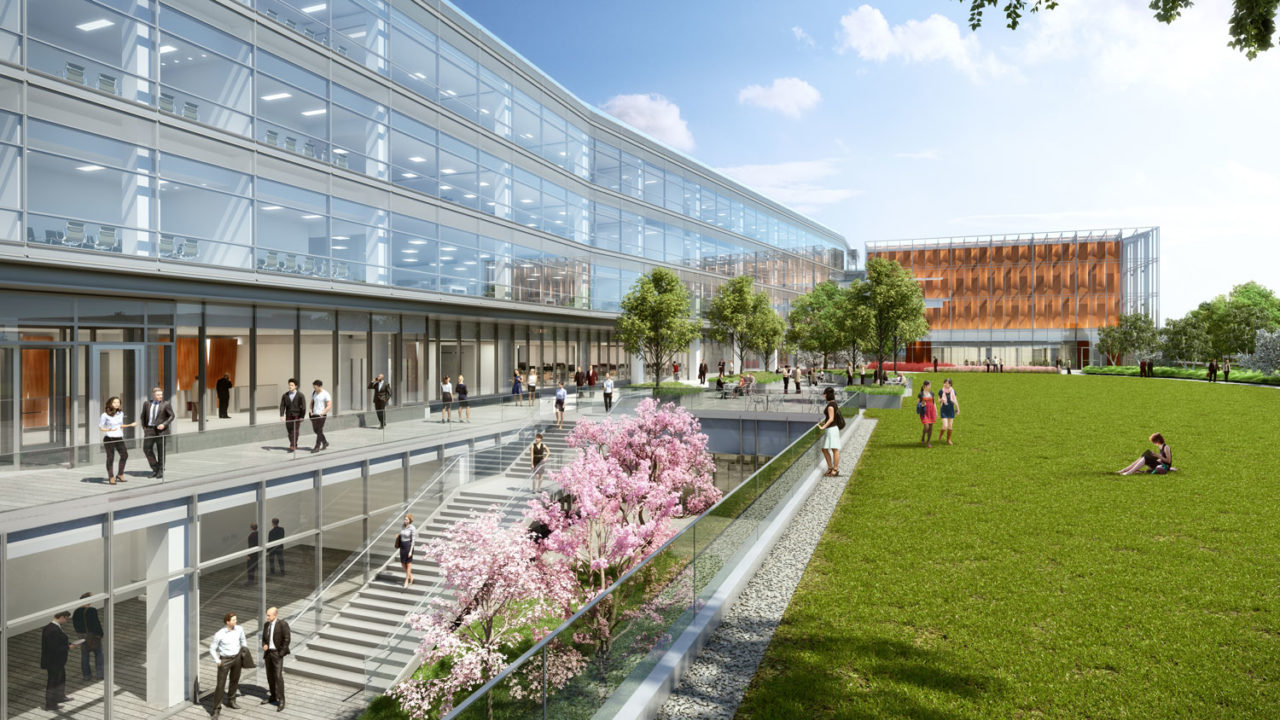by: AIA New York
Carl Galioto, FAIA, is HOK’s president and the managing principal of HOK’s New York and Philadelphia offices. Additionally, he serves on HOK’s executive committee, board of directors, and management board. Galioto also leads the technical board, which includes HOK’s buildingSMART virtual design and construction initiative. His more than three decades of experience in management and project delivery inform his industry-leading expertise in the design and implementation of large, complex projects in the U.S. and around the world including super-tall buildings, health science facilities and aviation and transportation projects. A graduate of Pratt Institute, he is very active in civic and professional efforts in New York and serves on the boards of the New York Building Congress and the ACE Mentor Program.
Q: What does your day-to-day job involve, and why is having a President important to HOK’s structure?
A: HOK is a virtual firm without a “headquarters.” Instead, we have 23 offices around the world operating within a matrix of geography, market sectors, and professional services. This organization, which was envisioned by the founders in the 1950s, must have strong and clear leadership to keep the firm working together with common vision and goals. We are led by an Executive Committee that in addition to me is composed of Bill Hellmuth (Chairman and CEO), Tom Robson (COO), Susan Williams (executive) and Riccardo Mascia (executive).
Q: In addition to your management duties, you head HOK’s buildingSMART program. What is this initiative, and why is it important to HOK?
A: HOK’s digital design initiatives are grouped under the label of buildingSMART, which conveys a message that we regard design as an important component of the process but not the entire process of fabricating, assembling and operating buildings. We plan our digital efforts to be compatible and usable to our downstream “information customers” to improve the process for our clients. We frequently interact with fabricators to assist in the process and we have provided services to clients to create direct data flow to their facility management applications. We believe this is one way architects and engineers can bring even more value to clients.
Q: Your background is in technical architecture, a sometimes overlooked aspect of practice. How did this career prepare for your current position?
A: Focusing on the technical aspects of architecture—including delivering services through construction, managing teams, and eventually leading a 200-person group—was great training for my current position. Being a good technical architect is not about memorizing facts. It means understanding concepts and applying them to a process of scientific exploration to arrive at solutions that enable great design ideas to be realized. It requires vision, rigor, and conviction. It requires collaboration with one’s partners and trust in each other.
Another aspect of technical excellence is the delivery of services through construction. I believe that it isn’t “architecture” until it’s built and I am pleased to have developed strong relationships with clients, consultants and many members of the construction industry here in New York. It is easy for clients and architects to enjoy wonderful meetings in the early phases of a project when there are beautiful drawings on the walls and fresh croissants on the table. But lifelong relationships are forged during the years of problem solving throughout construction over many cups of very strong, very bad trailer coffee.
Q: In addition to your international work, you have been heavily involved with a number of major projects in the New York area, including for New York Presbyterian Hospital, a major redesign at LaGuardia airport, and, when you were at SOM, 1 and 7 World Trade Center. How do you see New York evolving in the next three years? The next 30?
A: I love New York. I was born and raised here as were my parents and my grandparents and I am very proud of my small contributions to making New York what it is today. Those of us who lived in the New York of the 1970s during “The Bronx is burning” and “The Summer of Sam” believed that New York’s best days were ahead and we were right. New York is a great international city and will remain so as long as we embrace a dedication to excellence in education, the arts and business. We must keep our arms open to the world—not only to the educated but to all people who are willing to work hard. Like my great grandparents who came here penniless from Sicily and Naples, people come here to make a better life.
I believe that New York will continue to evolve as one of the great centers for higher education, research and business innovation in addition to its traditional leadership in finance, media and the arts. New York is the future.
Q: You are managing principal at both the New York and Philadelphia office. How do you see the relationship between these two cities, now and in the future?
A: There are strong similarities and synergies between the cities. When investigating Philadelphia as an option for an HOK office I met with one of Philadelphia’s deputy mayors and he asked why we were considering opening an office there. I told him that notwithstanding Philadelphia’s great history, it is a city of the future, like New York, because of its world-class institutions in higher education, medicine, and scientific research. The city’s wonderful urban fabric and cultural institutions make it very attractive to young professionals. The extensive transportation network is another draw.
Q: How are you involved in the AIA? Why is AIA New York important to you?
A: Over the years I have enjoyed being involved in AIA New York. Whether serving on committees or on the Chapter Board, the experiences were always positive. AIA New York fills such an important role in surfacing the important issues of our profession and providing a platform for dialogue. It also brings attention to issues affecting our city and the means by which architects can continue to make New York a better place.













